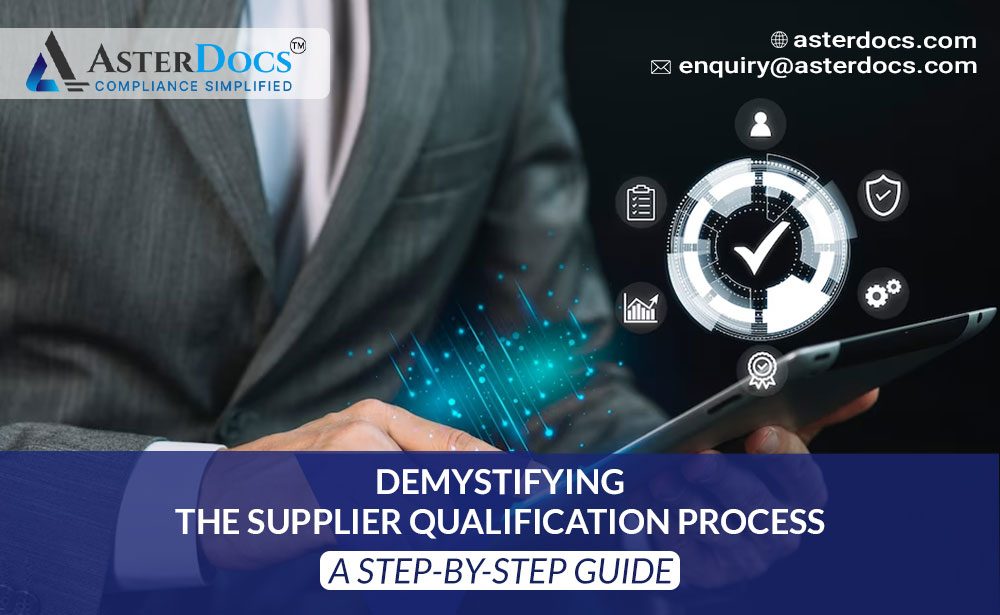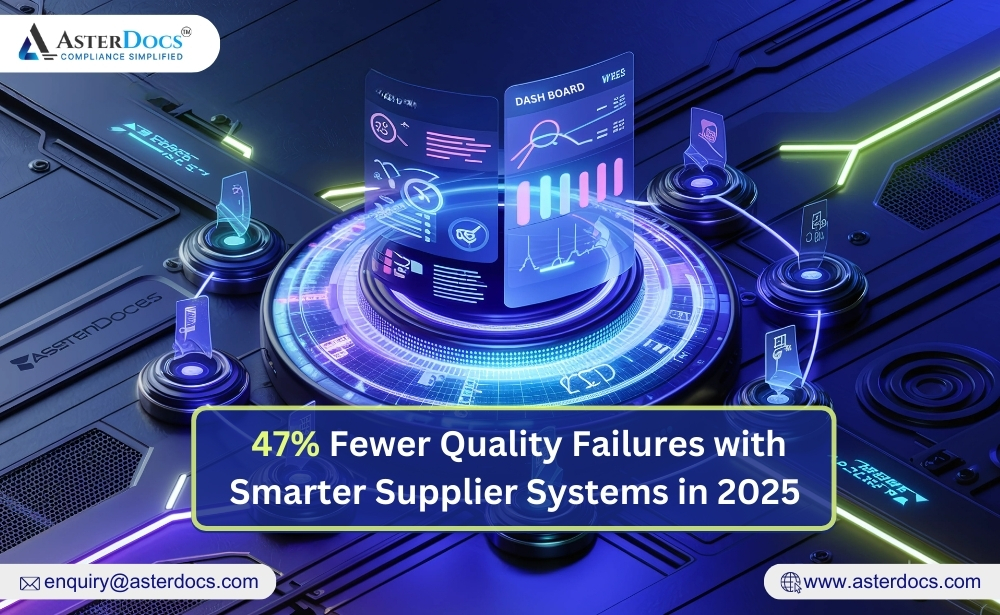In the dynamic landscape of modern business, supplier partnerships play a pivotal role in determining the success and quality of products and services.
Ensuring that your suppliers meet stringent standards is a critical component of maintaining excellence and customer satisfaction.
This comprehensive guide will demystify the supplier qualification process, providing you with a clear step-by-step roadmap to effectively manage supplier qualifications and enhance your business operations.
Step 1: Establish Clear Qualification Criteria
Defining precise qualification criteria is the foundation of an effective supplier qualification process. Identify key parameters such as product quality, regulatory compliance, financial stability, and ethical standards.
Collaborate with relevant departments to ensure a well-rounded set of criteria that aligns with your industry and business objectives.
Step 2: Supplier Documentation Collection
Collect and organize essential documentation from potential suppliers. This may include business licenses, certificates, quality control processes, and compliance records.
Utilize a robust supplier qualification management system to streamline this process and ensure all necessary documents are obtained and stored securely.
Step 3: Pre-Qualification Assessment
Conduct a preliminary assessment of potential suppliers based on the established criteria. This pre-qualification stage helps filter out suppliers who do not meet the minimum requirements, saving time and resources for more in-depth evaluations.
Step 4: On-Site Audit and Evaluation
For suppliers that pass the pre-qualification assessment, conduct thorough on-site audits to assess their operational capabilities. Evaluate factors such as production processes, quality control measures, and employee training.
Use a supplier qualification platform to schedule and document audits, ensuring consistency and accuracy.
Step 5: Risk Assessment and Mitigation
Identify potential risks associated with each qualified supplier. Assess risks related to product quality, delivery timelines, financial stability, and regulatory compliance.
Develop risk mitigation strategies and contingency plans to address any potential disruptions in the supply chain.
Step 6: Performance Monitoring and Review
Supplier qualification is an ongoing process. Establish a system for continuous performance monitoring and review. Track key performance indicators (KPIs), conduct regular audits, and gather feedback from relevant stakeholders.
A supplier qualification management system can automate performance tracking and provide real-time insights.
Step 7: Supplier Collaboration and Improvement
Collaborate with qualified suppliers to enhance mutual growth and quality. Regularly communicate expectations, provide constructive feedback, and explore opportunities for process optimization.
This collaborative approach fosters long-term partnerships and encourages suppliers to consistently meet and exceed your standards.
Step 8: Documentation and Reporting
Maintain comprehensive documentation of the entire supplier qualification process. This documentation serves as a valuable resource for audits, compliance assessments, and performance evaluations.
Utilize a supplier qualification platform to ensure accurate record-keeping and easy access to historical data.
Conclusion
Demystifying the supplier qualification process is essential for establishing a reliable and efficient supply chain. By following this step-by-step guide, you can navigate the complexities of supplier qualification management with confidence.
Implementing a supplier qualification platform like AsterDocs enhances transparency, efficiency, and accuracy throughout the process, ensuring that your business maintains high standards of quality and compliance in its supplier partnerships.
Start demystifying your supplier qualification process today and unlock the potential for strategic, successful vendor partnerships.













